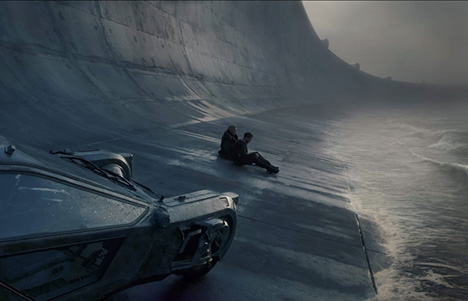The artificial resurrection: Genesis and genetics in Blade Runner 2049

In this sequel, moral absolutes have succumbed to corporate interests and brutal pragmatism. The film poses uncomfortable questions for a culture whose prosperity is maintained artificially and unsustainably through abortion, exploitation and war, and whose divorce of sex from procreation is slowly but surely drifting into a demographic winter.
(Warning: The following analysis contains spoilers for both Blade Runner films.)
Released in 1982, the original Blade Runner confronted audiences with a stark depiction of a future that was disturbingly plausible and depressingly tangible. The fact that its pacing was unhurried, focussing on ideas more than characters, and was told through a disorienting hybrid of genres, made it a difficult pill to swallow at first viewing.
However, seeds were planted in the imaginations of a fertile few. More than three decades later, it is difficult to think of a movie that has shaped the world we live in and how we view that world to the same degree as Ridley Scott’s box office bomb. His vision is self-consciously postmodern, exposing the transcendence offered by technology as a scam. In this moody, dystopian prophecy, where nothing is original and everything is derived, progress and degeneration can be difficult to tell apart. Even worse, the difference between them becomes merely a matter of opinion, since moral absolutes have succumbed entirely to corporate interests and brutal pragmatism. The code of the street is now the code of humanity: survival at all costs.
Continue reading at ethos.

























